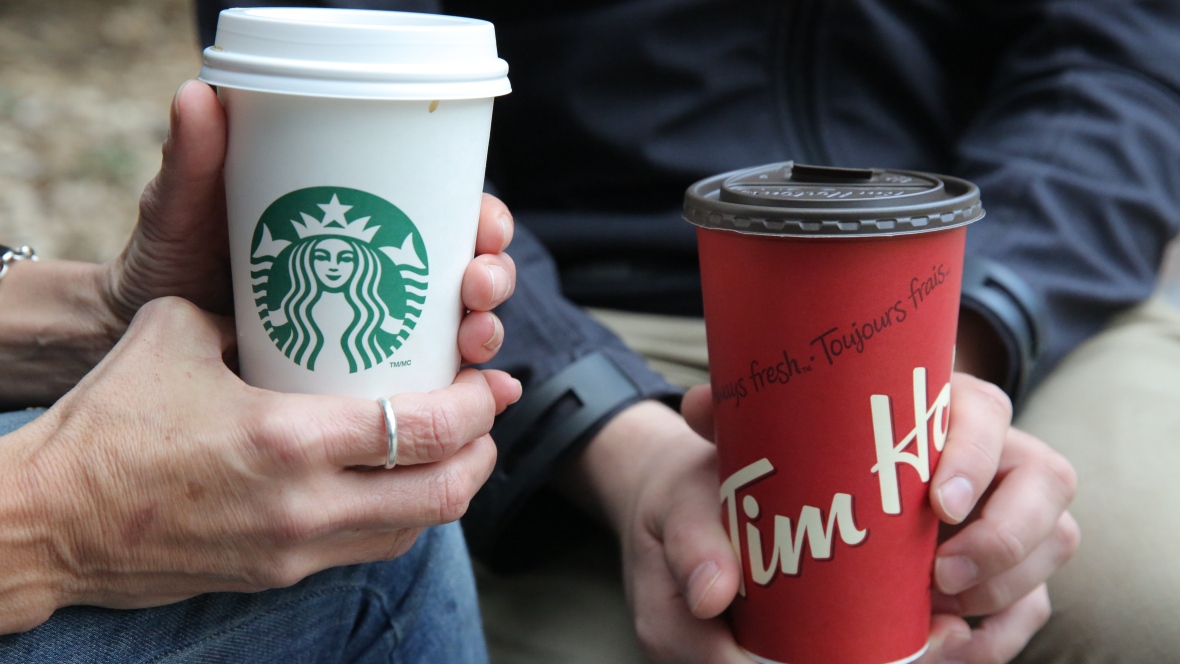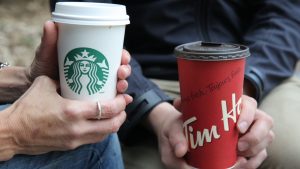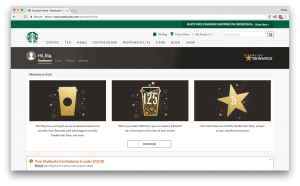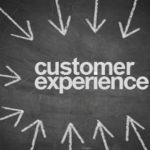
 My morning routine is a case study in how you can use gamification in your retail marketing to steal your competition’s customers. You, see, I’m a coffee addict. The first thing I do when I leave the house in the morning is to make a beeline to the nearest coffee shop and grab a warm cup of Joe to ease my commute in to work. For years, that stop has been my local Tim Hortons. According to Foursquare, er… Swarm, I have gone there 32 weeks in a row currently. I’m sure I must have been out of town for a full week 33 weeks ago or it would be much longer. But lately I’ve been waiting longer and going a tad out of my way to go to Starbucks some of these mornings. And it’s all because of the masterful gamification they deploy.
My morning routine is a case study in how you can use gamification in your retail marketing to steal your competition’s customers. You, see, I’m a coffee addict. The first thing I do when I leave the house in the morning is to make a beeline to the nearest coffee shop and grab a warm cup of Joe to ease my commute in to work. For years, that stop has been my local Tim Hortons. According to Foursquare, er… Swarm, I have gone there 32 weeks in a row currently. I’m sure I must have been out of town for a full week 33 weeks ago or it would be much longer. But lately I’ve been waiting longer and going a tad out of my way to go to Starbucks some of these mornings. And it’s all because of the masterful gamification they deploy.
Now, understand, I’m a basic coffee drinker. I don’t order fancy coffees – just basic coffee with cream. And I think Tim Hortons does it better than anyone. I love their coffee. It’s about 5 blocks from my house, right on my way to work. They recognize my voice when I order, call me by my name and ask if I want my usual. I have private jokes with some of the staff, like Marshall, who always gives me an exorbitant price, like “that’ll be $207 at the window.” He knows I know it’s only $1.96. And we always laugh about it.
But I got some Starbucks gift cards last Christmas. On their prompting, I decided to register these cards, join their loyalty program and download their app on my phone. That’s how they got me. Starbucks is a master at applying game theory to their app and loyalty program. You normally get two stars for every dollar you spend. Get 125 stars and you get a free drink or food item – anything you want But they keep throwing little challenges your way to get you to come in more. And it works. I do.
 My regular coffees don’t add up very fast. But, this week it was – come in 4 times, get 50 bonus stars, come in 7 times, get 100 bonus stars. I managed to come in 4 times to get my 50 stars, which put me over the top to get a free item (I of course got a more expensive Venti Flat White instead of basic coffee). Another time, it was buy three bacon Gouda breakfast sandwiches in this amount of time for bonus stars. Yes, they had noticed that was the one I usually bought if I bought a breakfast and gamified my purchase habit into buying more and stopping in more often.
My regular coffees don’t add up very fast. But, this week it was – come in 4 times, get 50 bonus stars, come in 7 times, get 100 bonus stars. I managed to come in 4 times to get my 50 stars, which put me over the top to get a free item (I of course got a more expensive Venti Flat White instead of basic coffee). Another time, it was buy three bacon Gouda breakfast sandwiches in this amount of time for bonus stars. Yes, they had noticed that was the one I usually bought if I bought a breakfast and gamified my purchase habit into buying more and stopping in more often.
I’ve noticed I probably go to Starbucks a third of the time now – even though it’s farther from my house, slightly out of my way and slightly more expensive for a product I don’t like quite as well. Tim Hortons just offers a good experience and a good product. But no loyalty program or gamification to draw me in. So, they’re losing about a third of their business from a loyal everyday customer because of their competitor’s masterful use of gamification.
I am not unique. There are a lot of us out there. Especially when you get to the younger demographics (I’m a trailing edge baby boomer). So, if you want to start stealing customers from your competition, think about adding some sort of gamification to your retail marketing plan. It can work for a wide variety of products and services. If you’re not sure how gamification works, check out this article from Mashable; it’s a good primer. Or give us a shout and we can walk you through it.
 Mike McClure, hooked – even though I should know better.
Mike McClure, hooked – even though I should know better.





